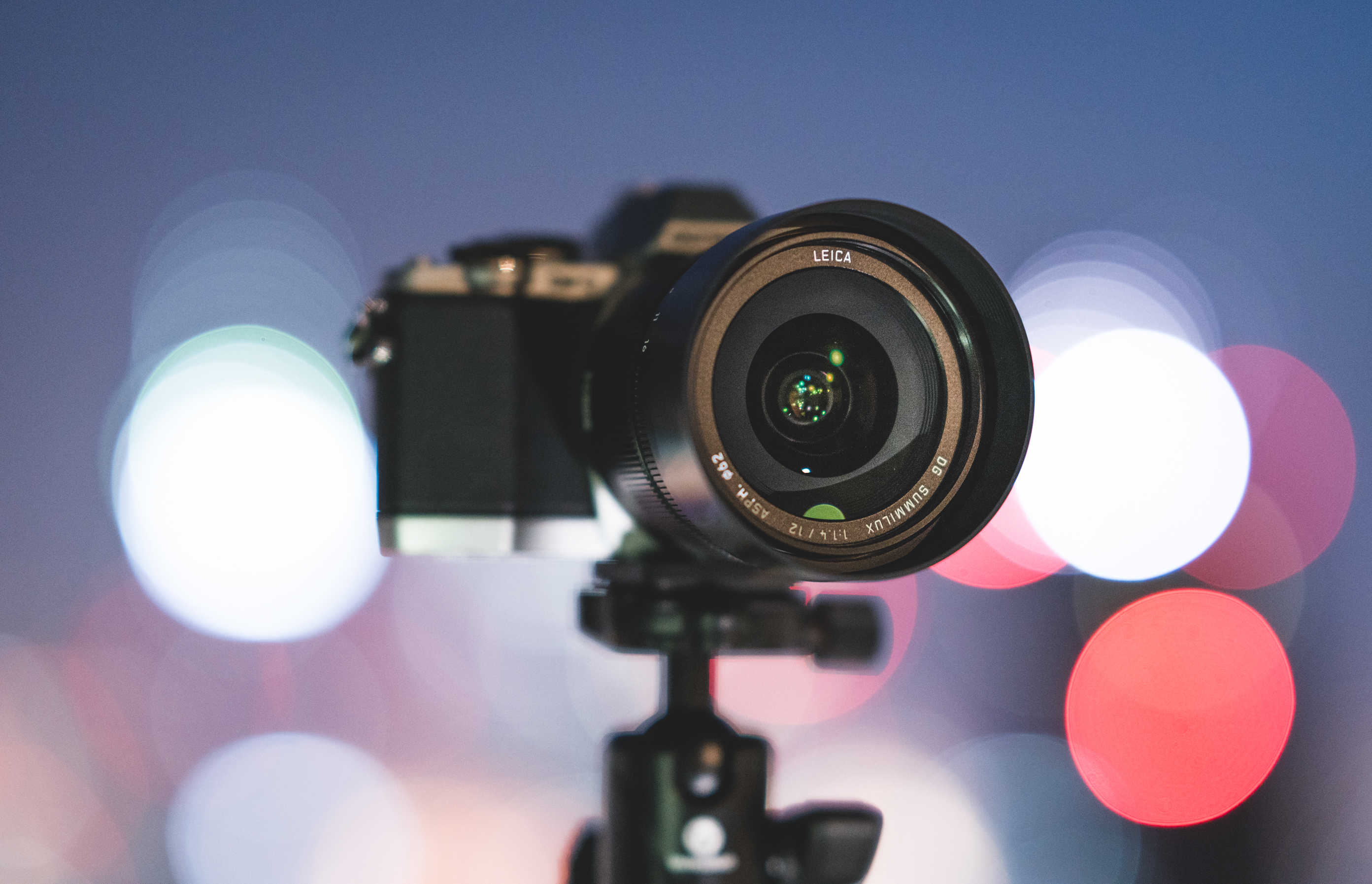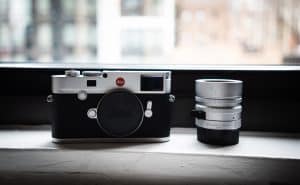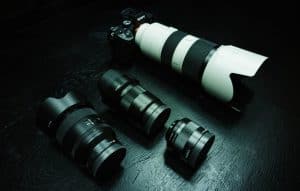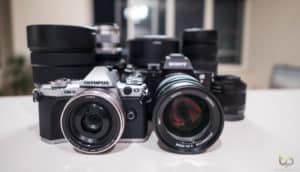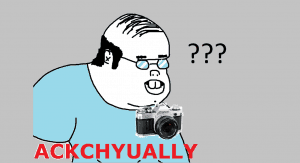I’m going to expand this list as I try more lenses, but here are my favorite landscape lenses for the micro four-thirds (MFT) cameras so far. MFT cameras include mainly Olympus and Panasonic mirrorless interchangeable lens systems. Even though they are two different companies, Olympus and Panasonic both use the same lens mount, which is a great benefit of this sensor format. This means that you do not need an adapter to use Panasonic lenses on an Olympus camera, and vice versa. Autofocus also works fine.
Best wide angle landscape lenses for MFT
Depending on your budget and use, there are a few versatile options.
For those with the cash to spare, the two top lenses with the highest image quality are the newly released Panasonic Leica 12mm f1.4 and Olympus M. Zuiko 7-14mm f 2.8.
Panasonic Leica 12mm f1.4
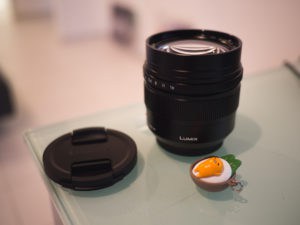
Panasonic-Leica 12mm f1.4 DG Summilux – (image taken with 20mm f1.7)
The Leica co-engineered prime lenses are absolute top quality for these cameras, so you’ll see a lot of them in my recommendations. The 12mm f1.4 is a newly released beast of a lens that has mind blowingly high image quality and edge-to-edge sharpness coupled with a stunningly fast aperture of f1.4. The fast aperture compensates for the generally poorer low-light performance of the MFT sensor, and naturally you’ll also get nice shallow depth of field if necessary, which is rare for such a wide angle lens. The fast aperture and the fact that this lens is still very sharp even wide open make this a great lens for video as well, even in low light. Many MFT camera bodies can now shoot 4k, but if you want to do the larger resolution proper justice, you need a lens like this one.
There are a few downsides though. First, the lens is about $1200, which is about twice the cost of many MFT camera bodies. It is also a little big, which slightly takes away from the benefit of micro four-thirds cameras, which is the compact and light form factor. However, personally I don’t mind that as I have a few pancake lenses for occasions when I prefer to be absolutely as light as possible, but keep this lens in my arsenal for more serious shooting.
This is the top wide angle lens for any serious hobbyist. Get it here on Amazon.
Olympus M. Zuiko 7-14mm f 2.8.
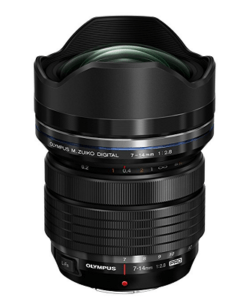
Olympus 7/14mm f2.8 PRO
This lens is definitely the top wide-angle zoom option. It’s great if you want to go even wider than 12mm and want the versatility of being able to change your focal length from very wide to ultra wide. It’s not a fisheye, however it must be stated that at the 7mm end there is some noticeable barrel-distortion – as is to be expected from a 7mm lens. F2.8 is reasonably fast for low light hand held snaps, and the sharpness is top quality. Max aperture is higher than the above Leica as well, going up to f22.
The downsides are the same again, the price is high and the lens is quite big and heavy compared to the body. Additionally, this lens doesn’t take filters, you need to buy a custom-made foam adapter to use any, which is a bit of a pain in the ass. However it must be said that the 7-14 is still one of my most used and loved lenses of all time, but I recently replaced mine with the Leica above.
If you prefer a zoom lens though, you can purchase the Oly 7-14 Pro here!
Best Wide Angle Pancakes
If you don’t already have a pancake lense, I highly recommend getting one. They make your camera highly pocketable and light. And if you choose wisely, you don’t necessarily lose image quality in the process. These are the two wide angle pancakes I’ve tried so far…
Panasonic 14mm f2.5 Pancake
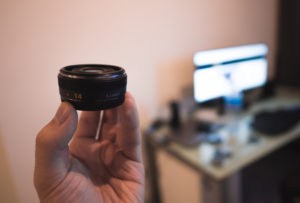
Panasonic 14mm f2.5 (image taken with 12mm Leica f1.4)
This lens is really small and compact, and it only costs about $200 new. So with that in mind, expectations for image quality are a bit lower. The lens still delivers acceptable quality, but if you’re used to the above two, there is a noticeable difference, particularly wide open. If you stop it down, the image gets sharper. The lens is plasticy and minimal with a tiny manual focus ring, but the plastic build makes it even lighter.
I own this lens because it was really cheap ($100, used) and it makes the camera very very small and light, almost pocketable, which is when you really notice the benefit of a mirrorless camera. I rarely use it for serious shooting, but it’s often mounted when I go for a random walk but don’t feel like carrying a camera – the lens makes the body so small and light that it is easy to bring almost anywhere. It is also just a crucial bit wider than the Panasonic 20mm, which is often regarded as the ultimate pancake lens. The extra wideness makes this lens a better cheap option for shooting video.
Panasonic 20mm f1.7 Pancake
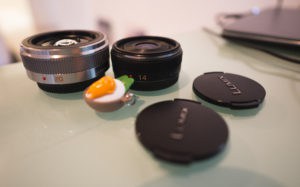
Panasonic 20mm and 14mm side by side (image taken with Leica 12mm wide open)
The sharpest pancake lens around costs about $3-200 new, and it’s well worth it. It’s not as wide as the others on this list, but still wide enough to be useful for some landscape shots. The aperture of f1.7 is great for low light, and as this is not a super-wide lens like the others on this list, it can also be used for portraits and general type of photography. In fact, if I had to choose only one lens to own for the mirrorless system, this would be the one. It is the lens that is most often mounted on my Olympus, including now at the moment as I type this article!
You can find this essential lens on Amazon here.
What are your favorite lenses? Which one should I try next? Leave a comment below!
